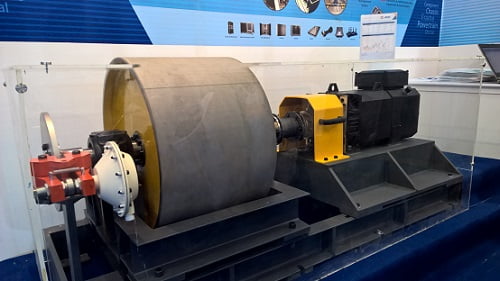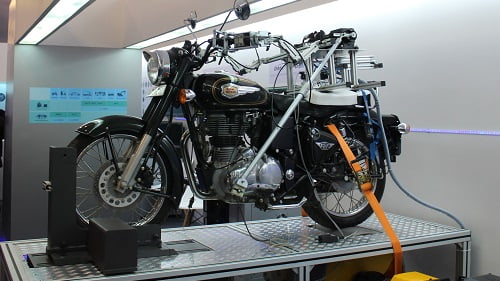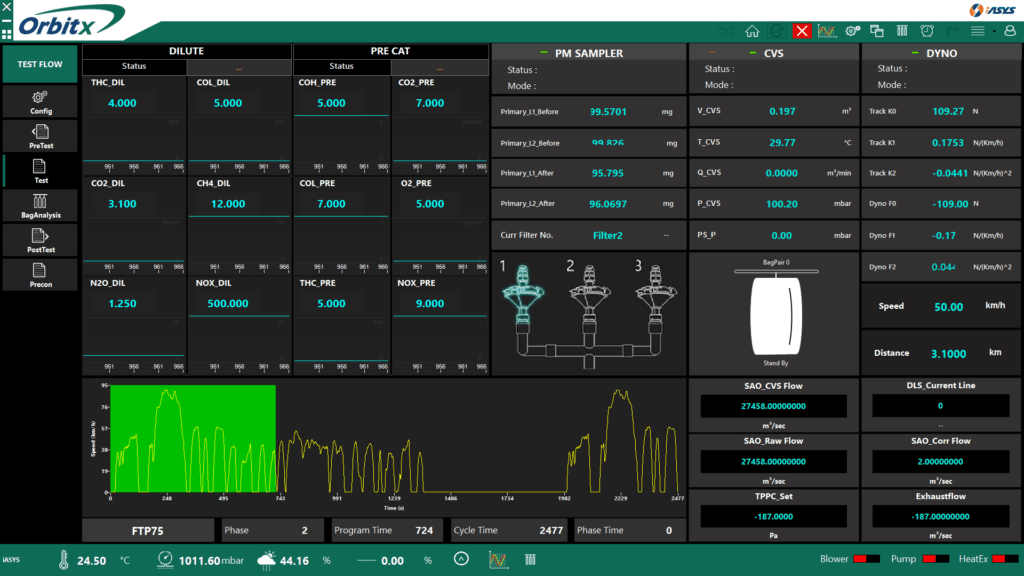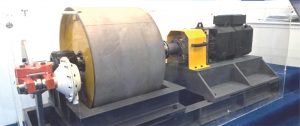Vehicle Chassis Test Bench Setup
The chassis dynamometer consists of a high dynamic AC dynamometer with a real time control system provides precise road load simulation control. The motor is trunnion mounted and the torque can be measured through load cell/ torque flange.

Technical insights

Application areas

Orbit-X Vehicle testing (Emission host)

- Host for running all regulatory compliant test cycles, including WLTC & WMTC
- Europe: ECE R40 / R47 (motorcycles), ECE R15 / 04 / R83 (15/05), NEDC, EUDC, Artemis
- US: EPA / Fed. Reg. Subpart F (motorcycles), FTP75 :FTP72 : US 505 : US06 : SC03 :SFTP (light duty vehicles), NYCC, HWFET, LA 4
- India: IDC 2000: BS III, IV, VI | Japan: 10 / 11 / 10-15 Mode JC08
- Easy interface with all standard Emission & CVS equipment
Orbit-V (Real Time) is a vehicle testing software used to test the performance of vehicle in simulated condition from chassis dynamometer. In either way it controls a rolling chassis dynamometer for vehicle test by an operator. It is easily compatible with Orbit-X vehicle testing.
It is driving assistance application where user can create the cycle patterns (time based or speed based). It is compatible with WLTC & WMTC
Featured Insights

Vehicle Chassis Dyno
A chassis dynamometer is also known as a rolling road, is a mechanical device that simulates various road conditions using one or more fixed roller assemblies in a controlled environment. It is used for a range of vehicle testing and development tasks.

Orbit Test Automation System
Orbit is a vehicle testing software used to test the performance of a vehicle in simulated conditions from chassis dynamometer. In either way, it controls a rolling chassis dynamometer for vehicle test by an operator.

Vehicle Testing Solutions
At iASYS, We do provide vehicle testing solutions and have an in-house vehicle testing facility that will be utilised to test customer vehicles using our automation and control system and the same test system can be delivered to customer’s site.

Data at the Heart of The Smart Test Bed
Since creating safe, effective, and economical mobility concepts is the primary objective of the automobile business, a lot of novel ideas are being tested in simulated or actual testing scenarios.
It’s interesting to note that using advanced automation and sensors to guide the testing process does not automatically qualify as smart testing. The key to making smart testing smart is the “data” that is at its core. To see how reliable data contributes to accurate test results, explore the article.

Ensuring the Successful Implementation of a Smart Test Bed
As the world around us becomes embroiled in VUCA, organizations and industries globally look for ways to improve resilience and responsiveness in their business. The rise of technologies such as AI and the revolutionizing Industry 4.0 has been a response to changing market demands and the increasing need to drive cost effectiveness while influencing productivity and profitability.

Many Benefits of a Smart Test Bed for Manufacturing Facilities
The rise of Industry 4.0 has ushered in the era of smart manufacturing, an age defined by elevated efficiency and less waste. New technologies are pushing organizations to drive the digital transformation of the manufacturing space. As such, they’re supporting Industry 4.0 to drive productivity, efficiency, and competitiveness while reducing and eliminating waste.
